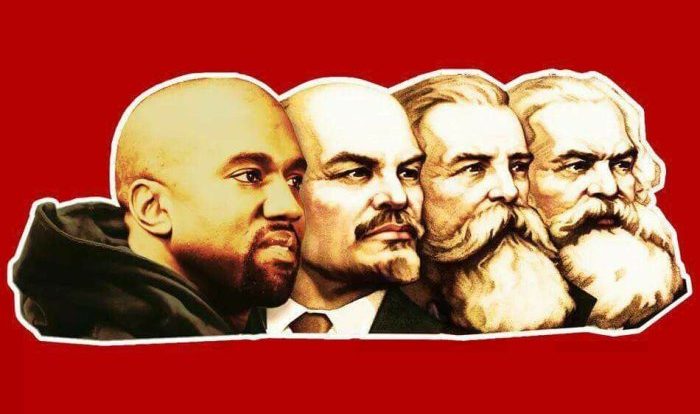Embark on a journey through time with America the Story of Us Episode 10 WW2 Answer Key. This comprehensive guide unlocks the intricacies of World War II, providing a detailed account of the major events, America’s pivotal role, and the profound impact on society and the world.
Delve into the strategies, tactics, and contributions of the United States, unraveling the complexities of the war effort. Explore the transformative experiences on the home front, where social, economic, and cultural shifts reshaped the nation. Uncover the chilling truths of the Holocaust and the ethical dilemmas surrounding the atomic bomb.
World War II Overview
World War II, the most devastating conflict in human history, erupted in 1939 and lasted until 1945. Its origins can be traced to the aftermath of World War I, the rise of fascism and Nazism, and the aggression of the Axis powers.
Key battles and turning points of the war include the German invasion of Poland, the Battle of Britain, the attack on Pearl Harbor, the D-Day landings, the Battle of Stalingrad, and the atomic bombings of Hiroshima and Nagasaki.
Technological advancements played a significant role in warfare during World War II, including the development of radar, jet engines, and atomic weapons.
America’s Role in the War
America’s entry into World War II was prompted by the attack on Pearl Harbor by Japan on December 7, 1941. The United States subsequently declared war on Japan and joined the Allies against the Axis powers.
American strategies and tactics in the war included the use of massive industrial production to supply its armed forces and allies, the development of new weapons and technologies, and the implementation of a “Europe First” strategy that prioritized the defeat of Nazi Germany.
American soldiers and civilians made significant contributions to the war effort. American troops fought on all fronts of the war, from the beaches of Normandy to the jungles of the Pacific. American factories produced vast quantities of weapons, vehicles, and supplies that were essential to the Allied victory.
The Home Front
World War II had a profound impact on American society. The war effort required the mobilization of the entire nation, leading to social, economic, and cultural changes.
Women and minorities played a vital role in the war effort, taking on jobs traditionally held by men and contributing to the production of war materials.
Rationing, propaganda, and censorship were used by the government to manage resources and maintain morale during the war.
The Holocaust: America The Story Of Us Episode 10 Ww2 Answer Key
The Holocaust was the systematic genocide of approximately six million European Jews by the Nazi regime during World War II. It was a horrific crime against humanity that stands as a dark chapter in human history.
The Nazi ideology, based on anti-Semitism and the belief in Aryan supremacy, provided the justification for the Holocaust. Jews were subjected to persecution, forced labor, and mass murder in concentration and death camps.
The experiences of Holocaust victims and survivors are a testament to the resilience of the human spirit in the face of unimaginable suffering.
The Atomic Bomb
The atomic bomb was a revolutionary weapon that was developed by the United States during World War II. The atomic bombings of Hiroshima and Nagasaki in August 1945 brought about the end of the war and ushered in the nuclear age.
The ethical and political implications of the use of the atomic bomb have been debated ever since. The decision to use the bomb remains a controversial issue, with arguments both for and against its necessity.
The atomic bomb had a profound impact on the war and its aftermath, including the Cold War and the ongoing debate over nuclear proliferation.
The Legacy of World War II
World War II left a lasting legacy on the United States and the world. The war led to the creation of the United Nations, the rise of the United States as a global superpower, and the Cold War.
The war also had a profound impact on global politics, economics, and culture. The war’s lessons continue to inform our understanding of conflict, peace, and the role of the United States in the world.
Frequently Asked Questions
What were the major turning points of World War II?
Key turning points include the Battle of Stalingrad, the D-Day landings, and the Battle of Midway.
How did America’s entry into the war impact the conflict?
America’s entry provided significant military and economic support to the Allied Powers, helping to turn the tide of the war.
What was the impact of rationing and propaganda on American society?
Rationing and propaganda played a crucial role in mobilizing resources and shaping public opinion during the war.

